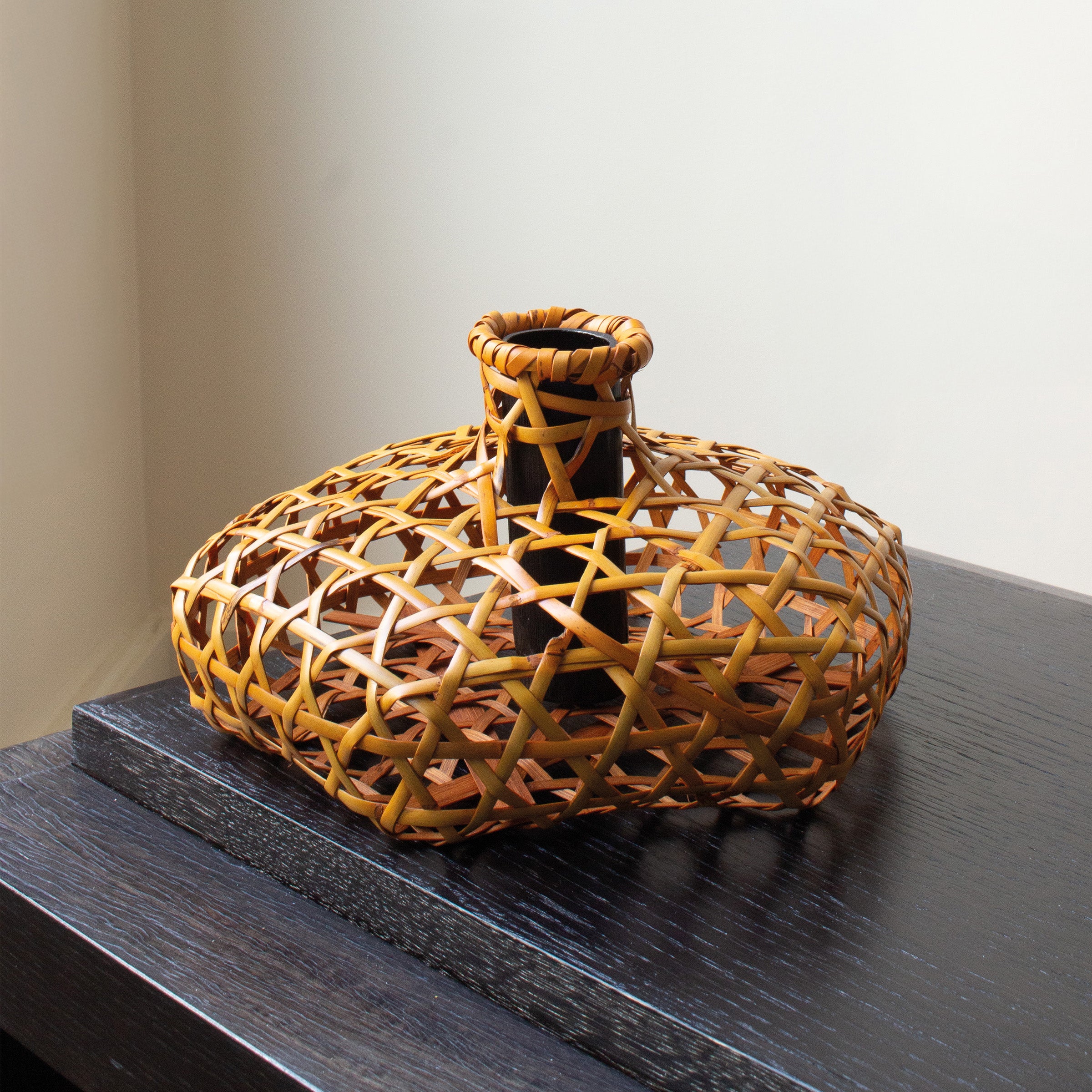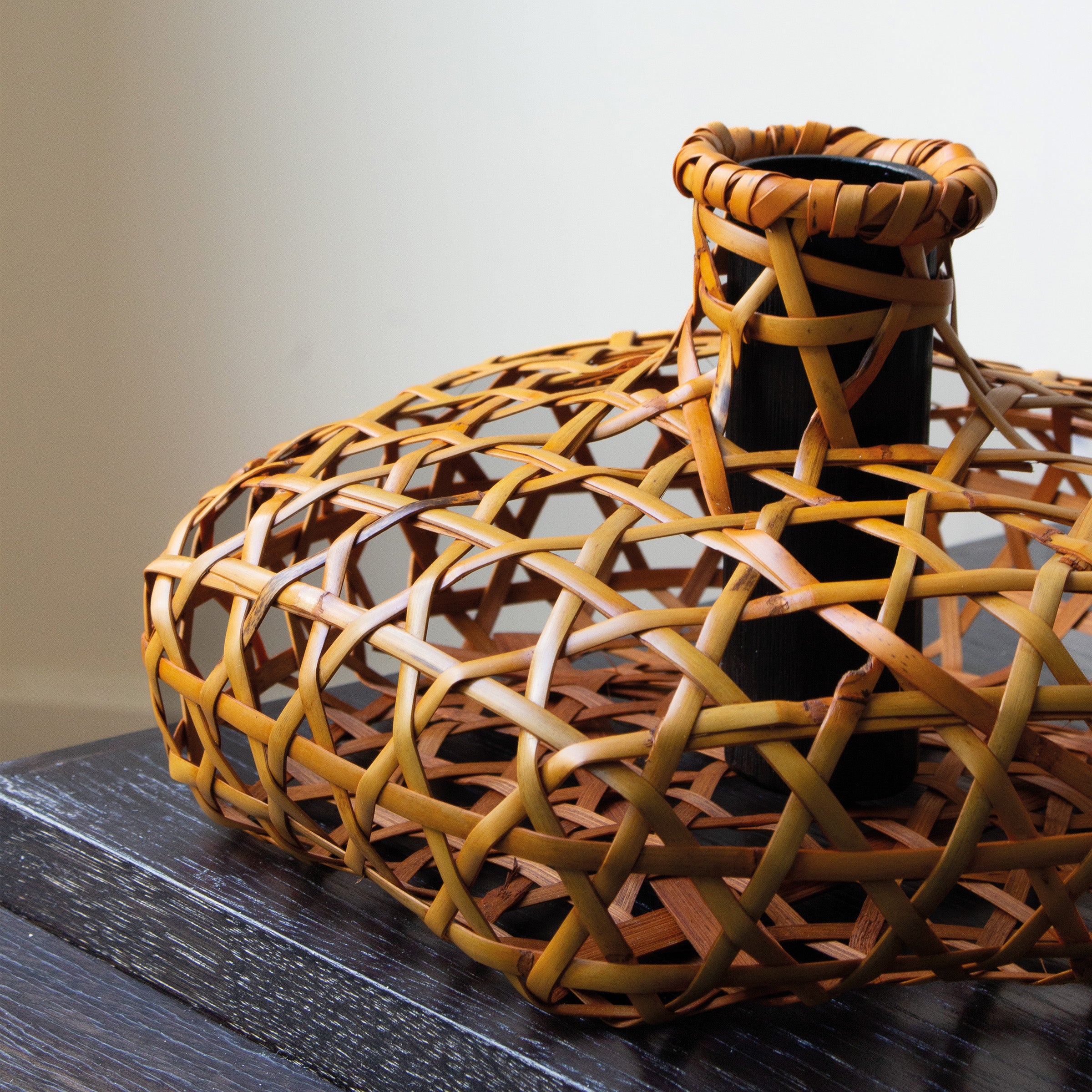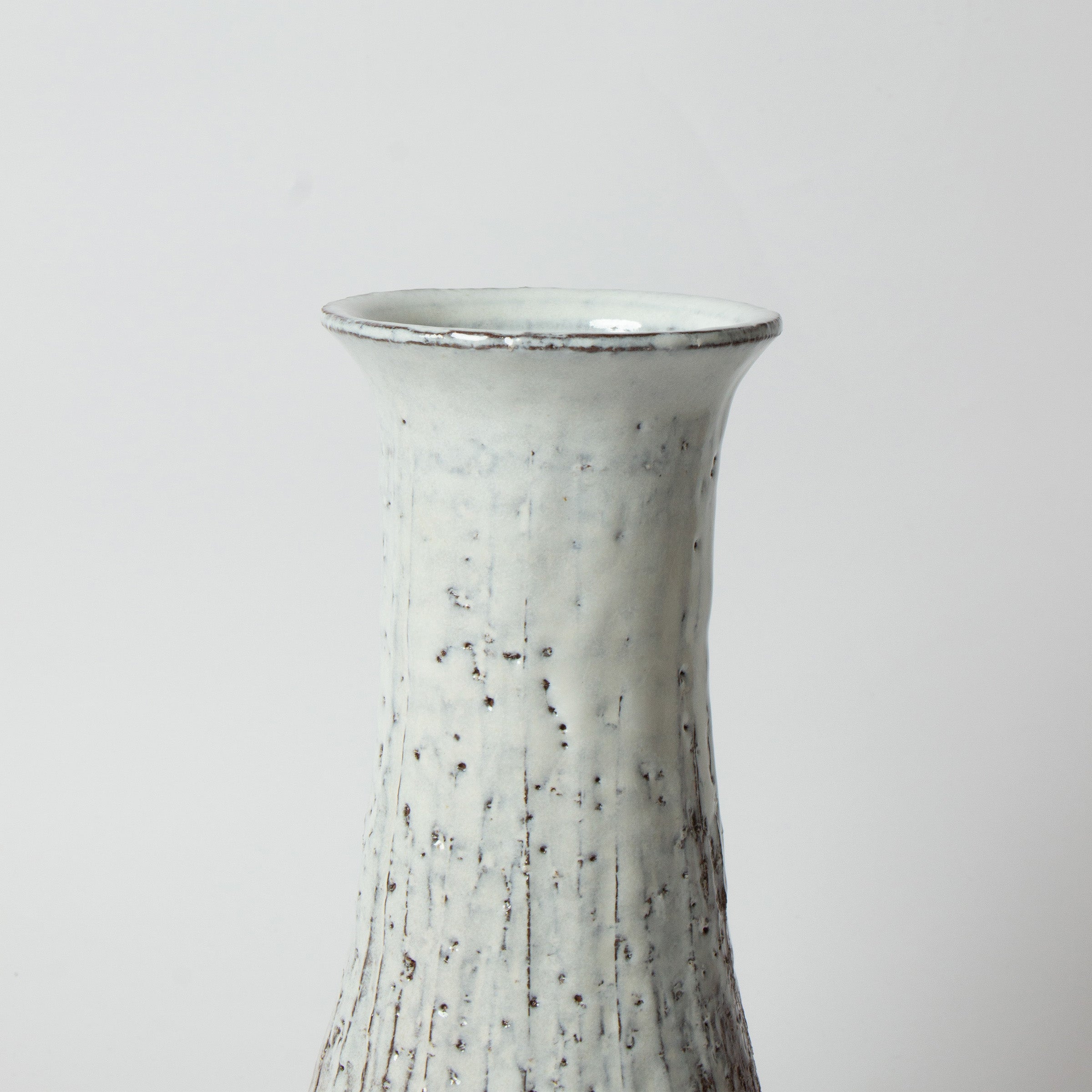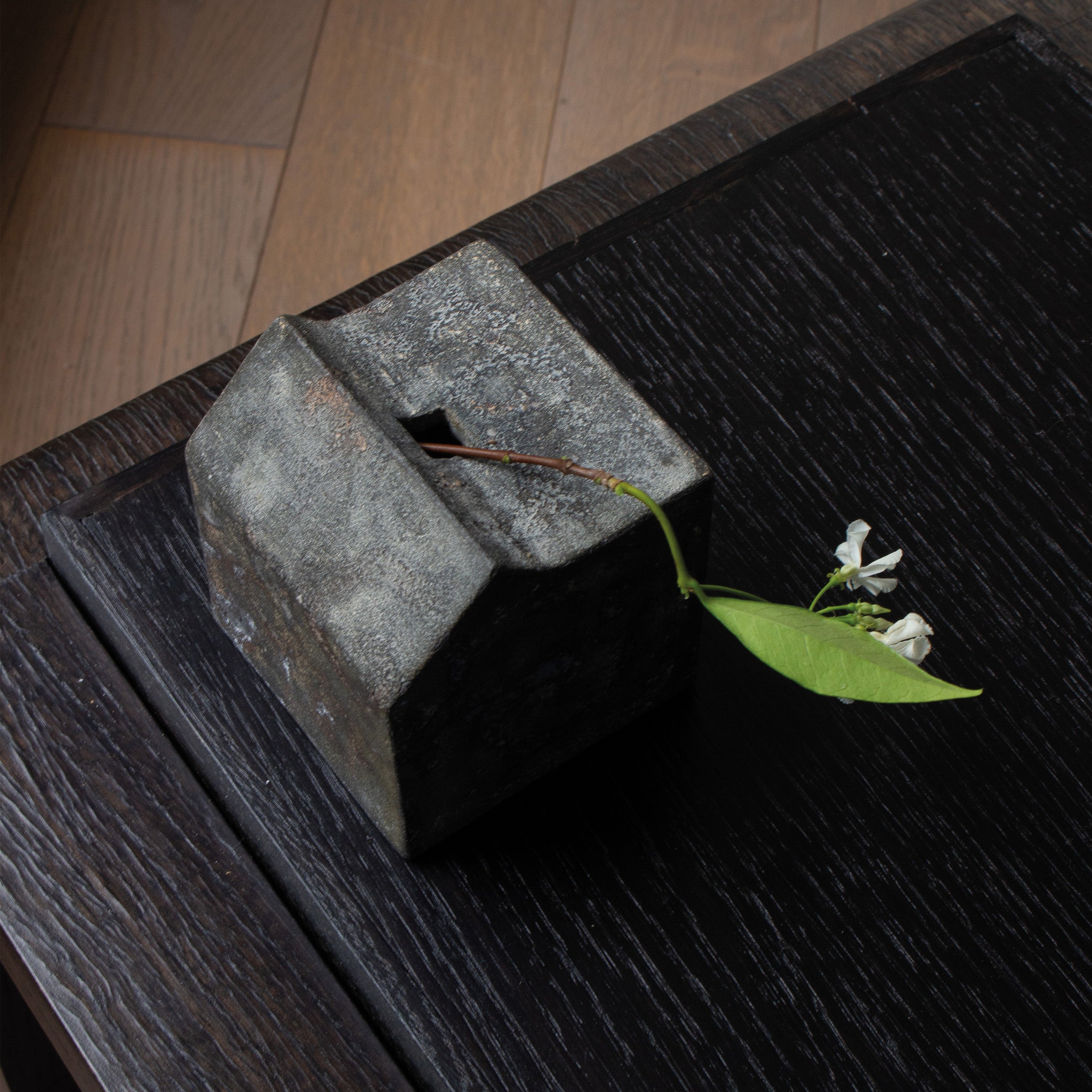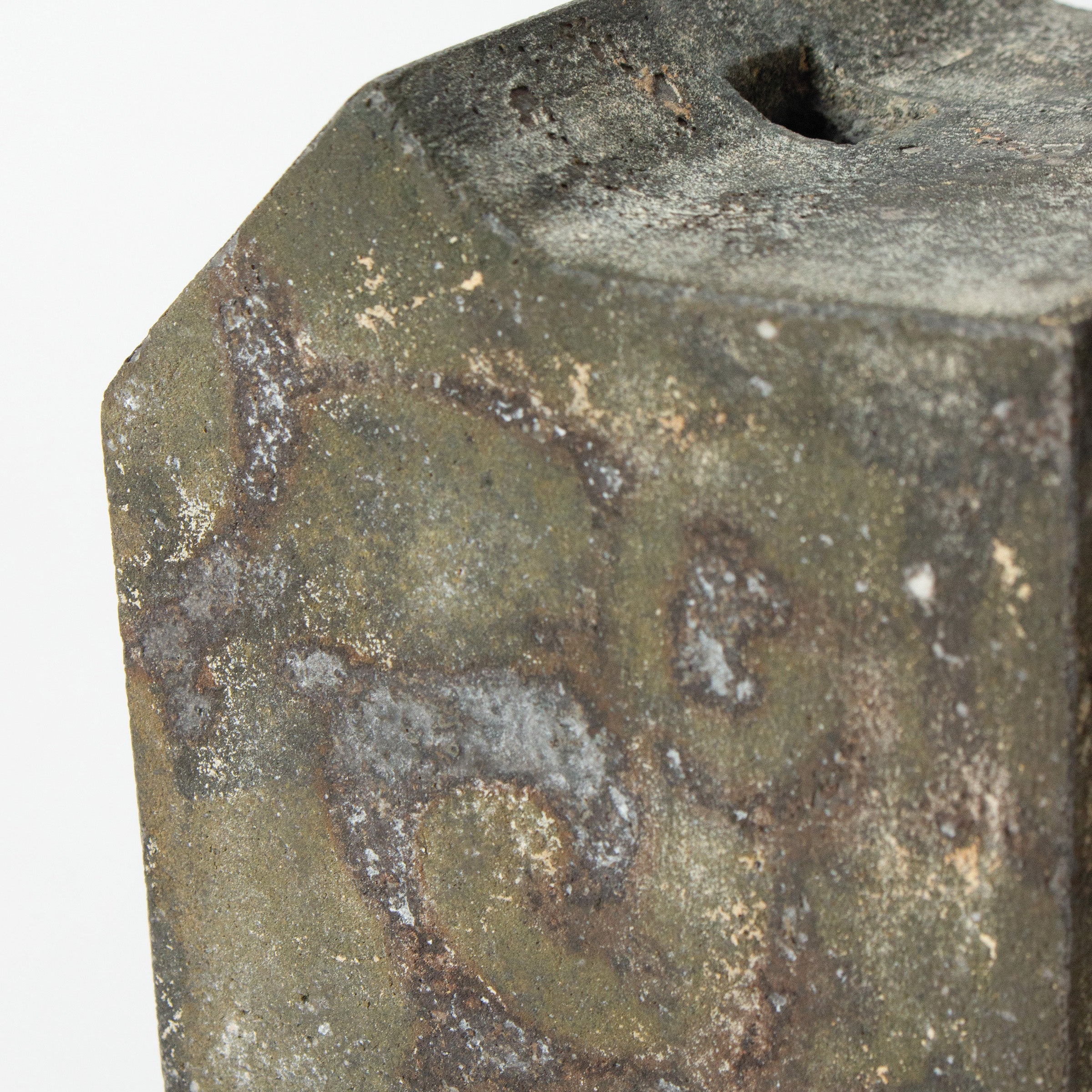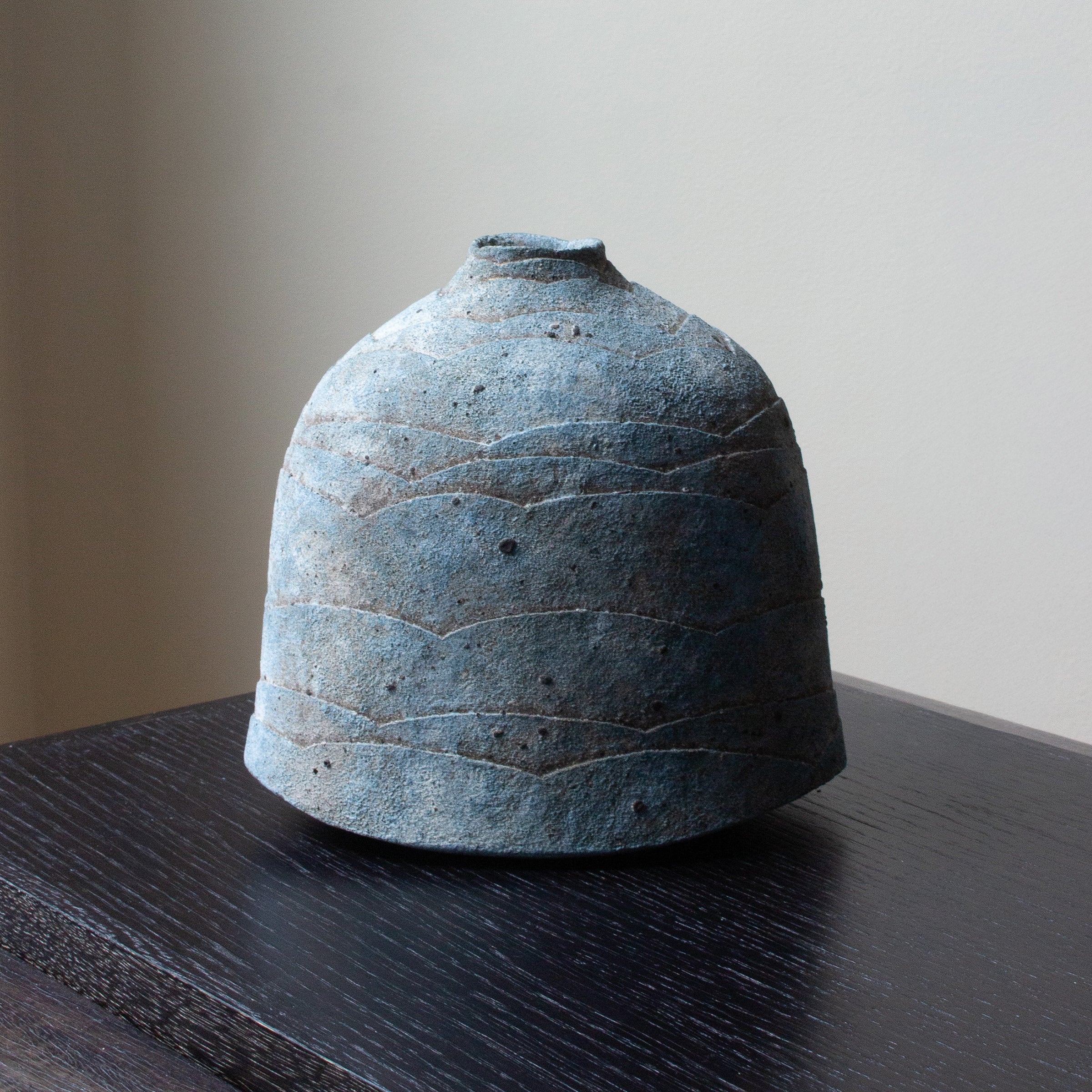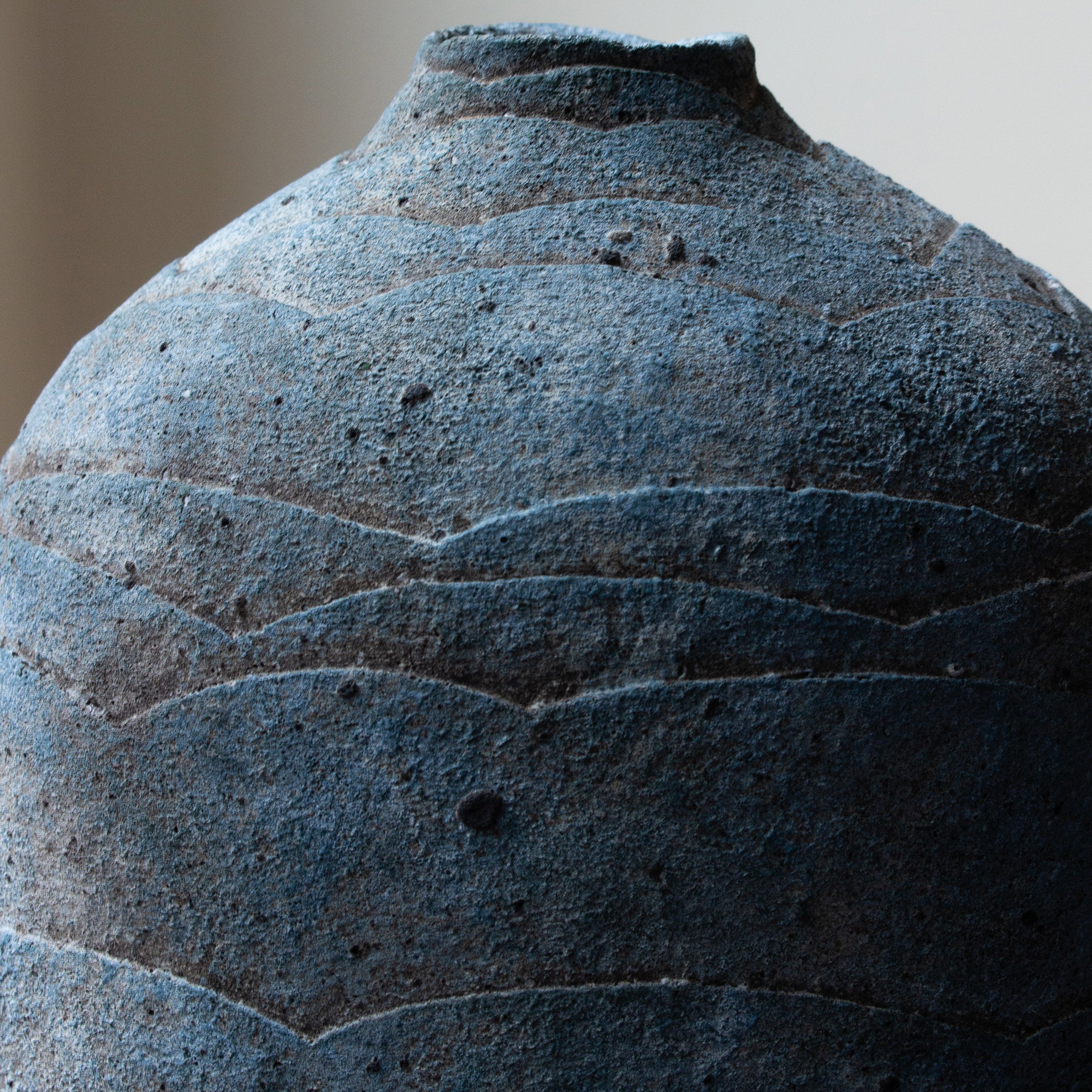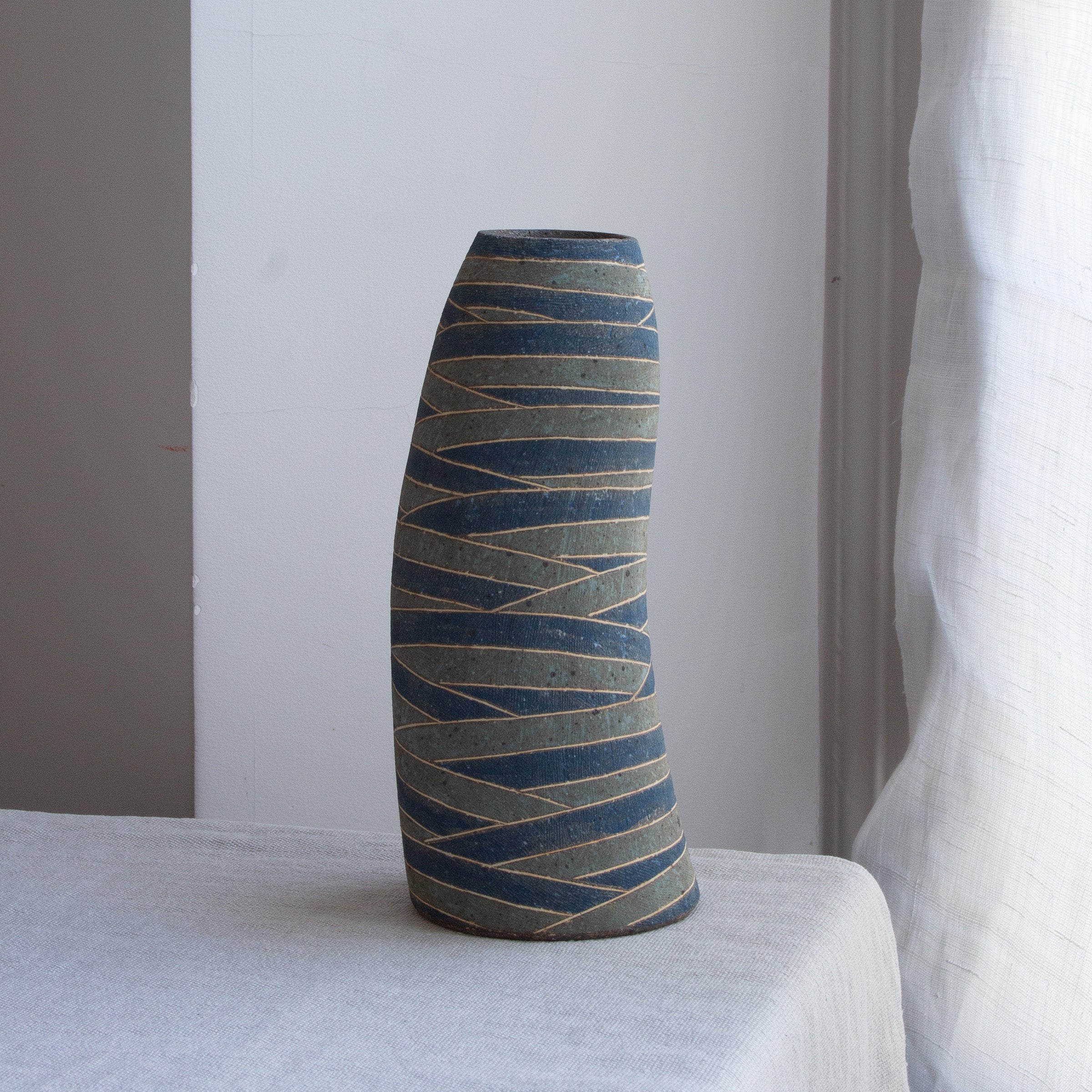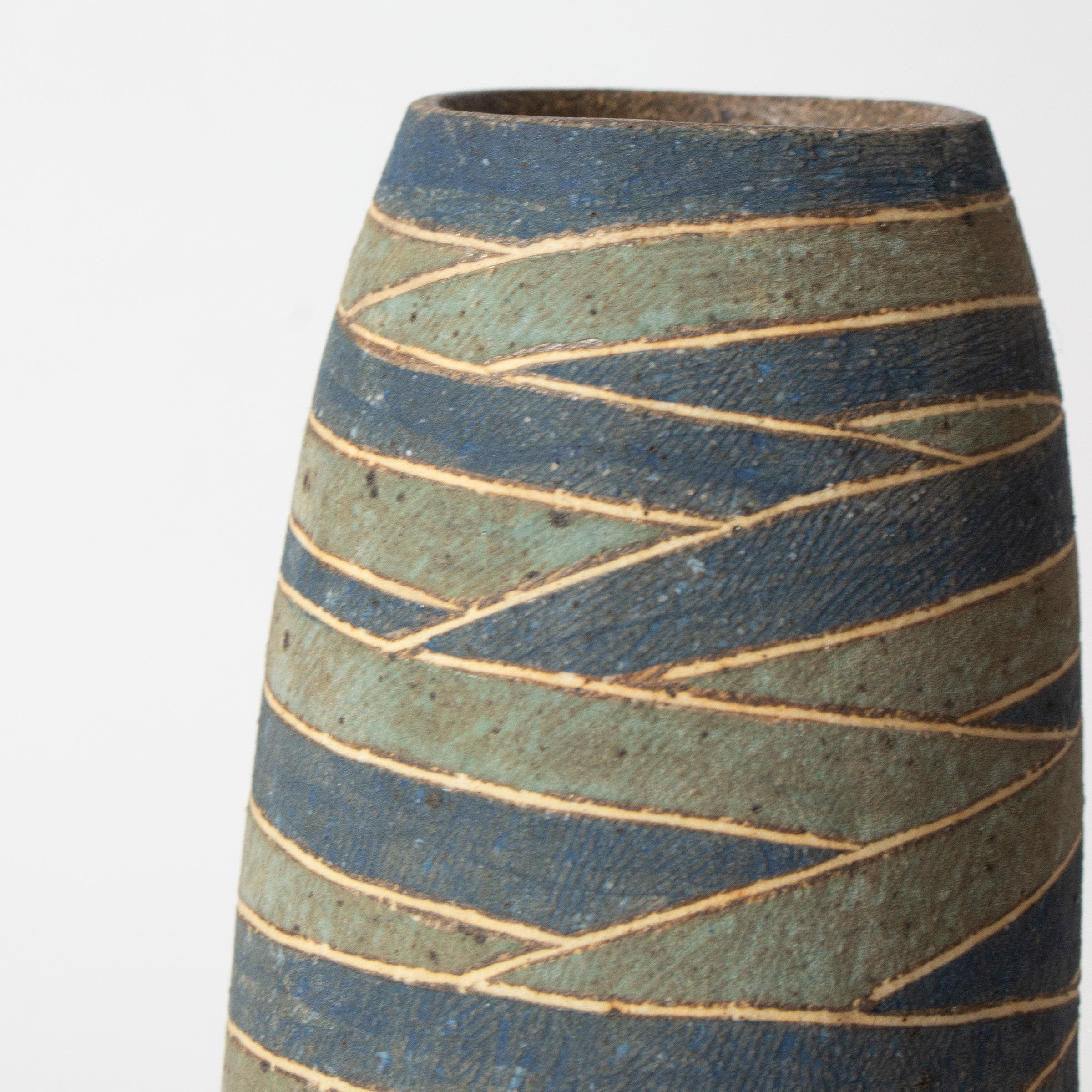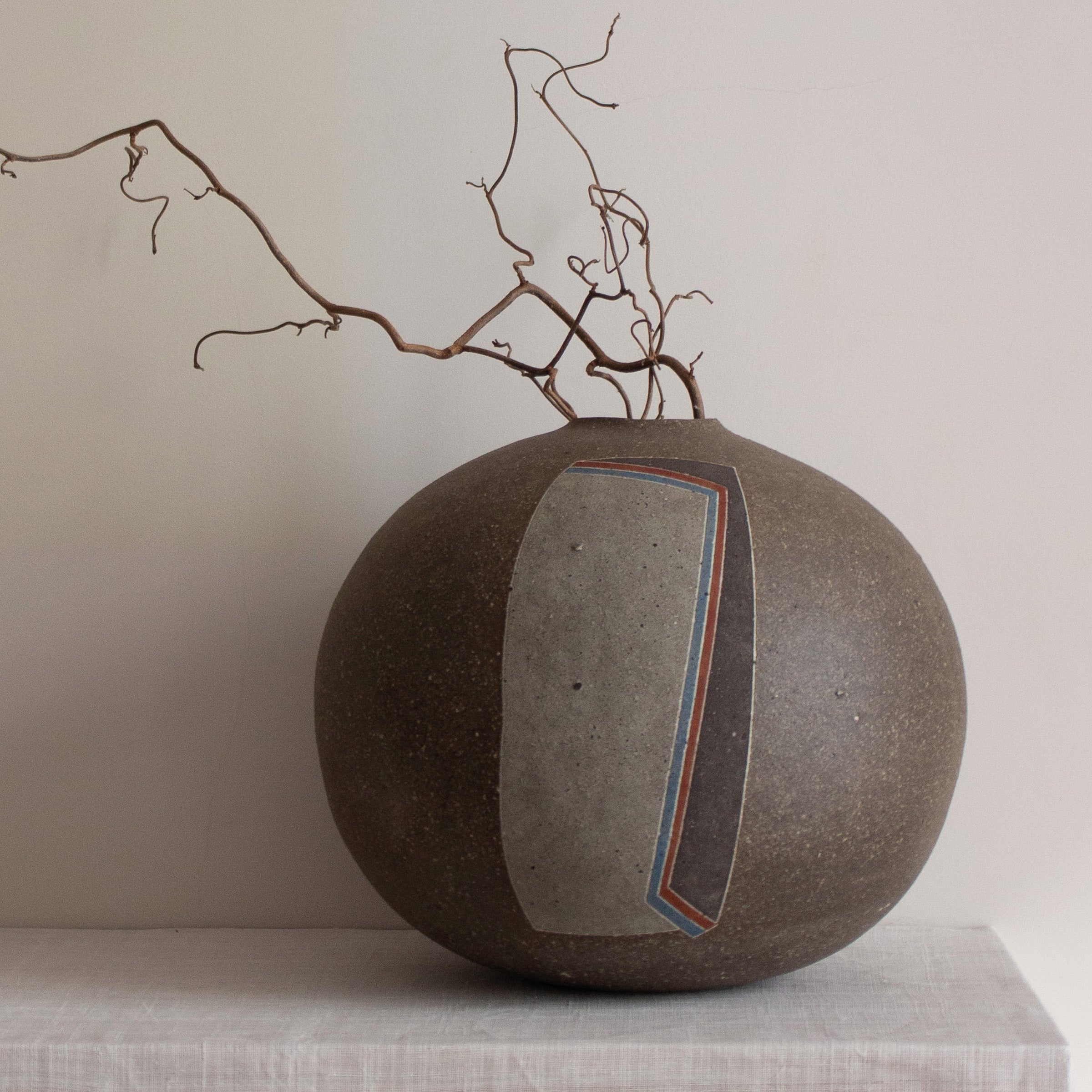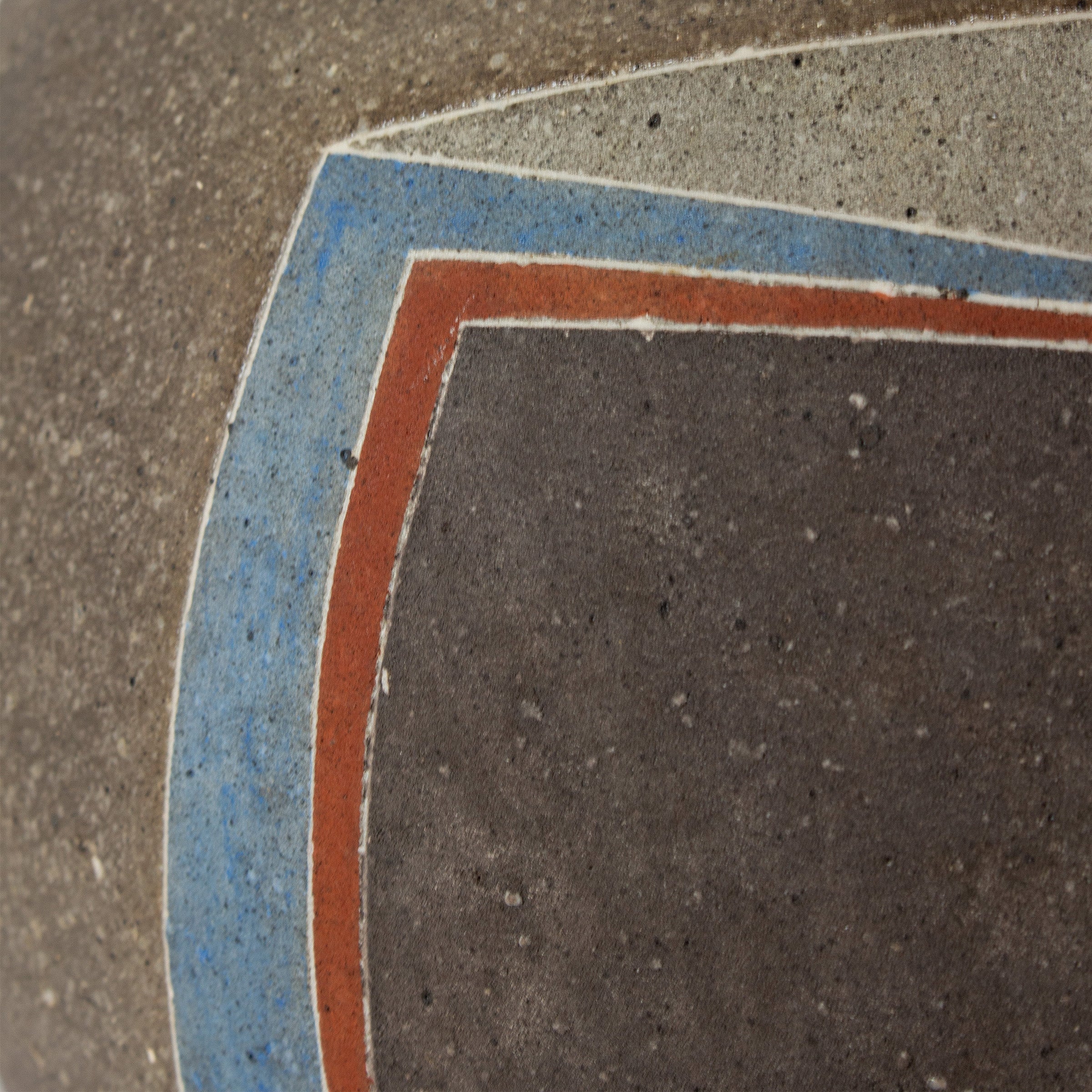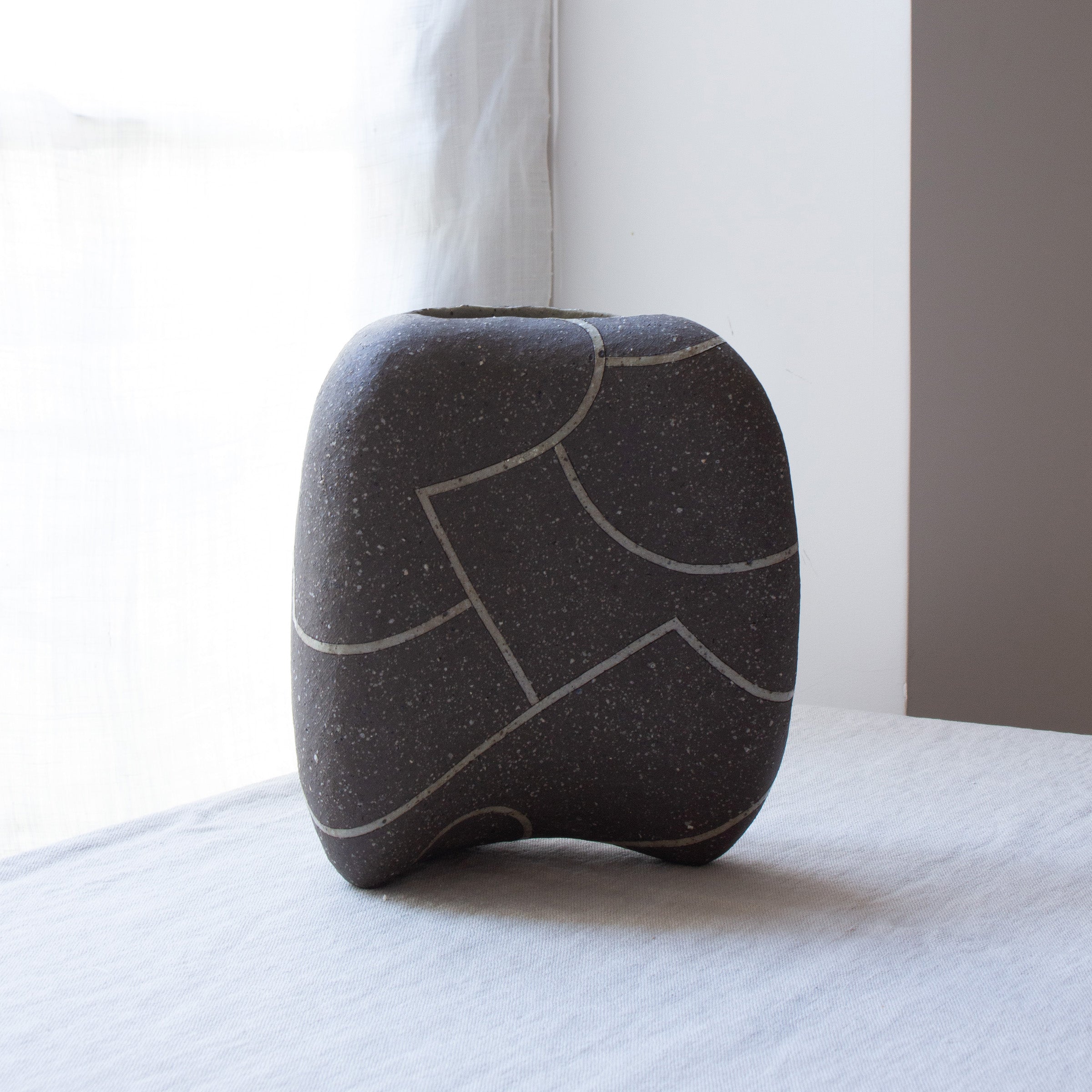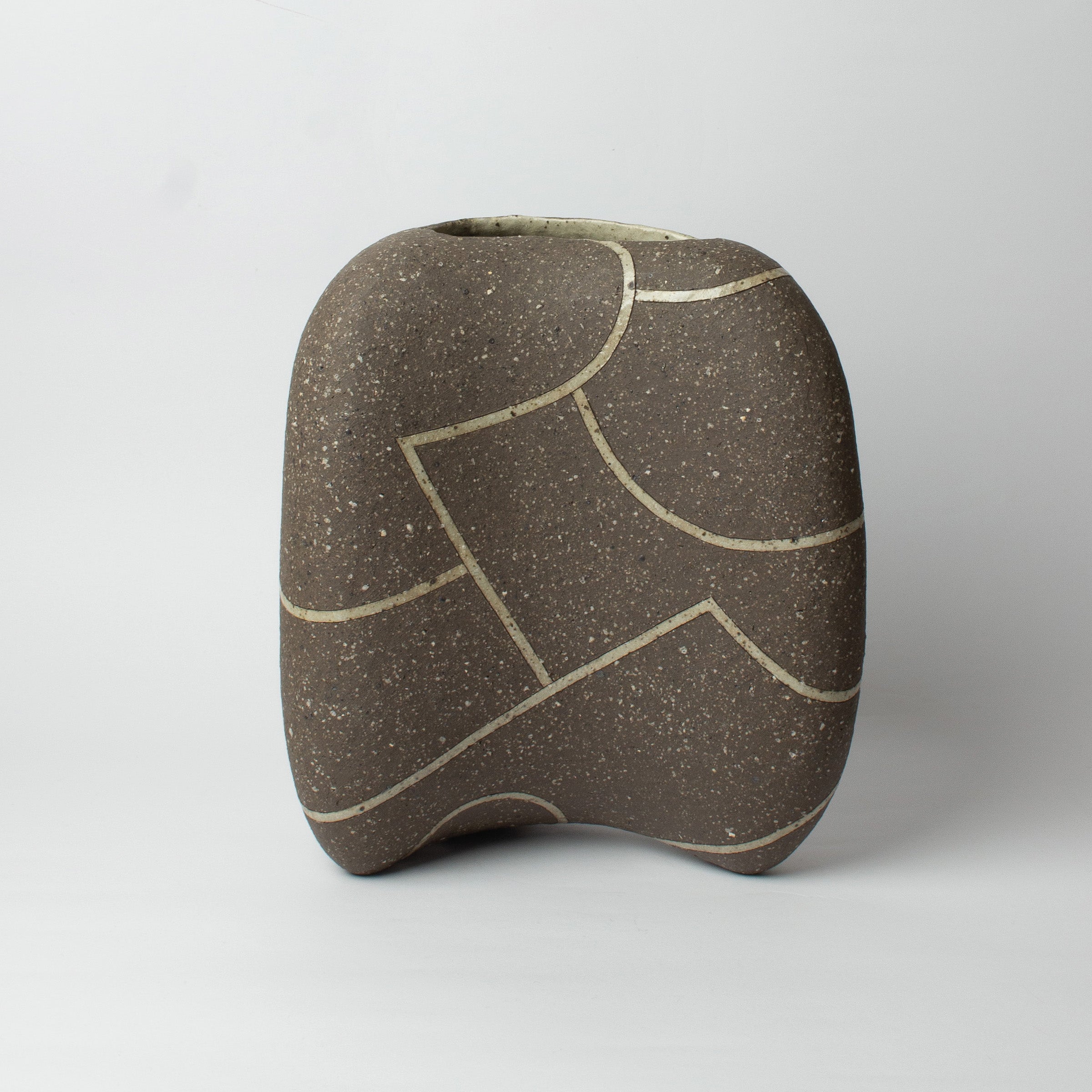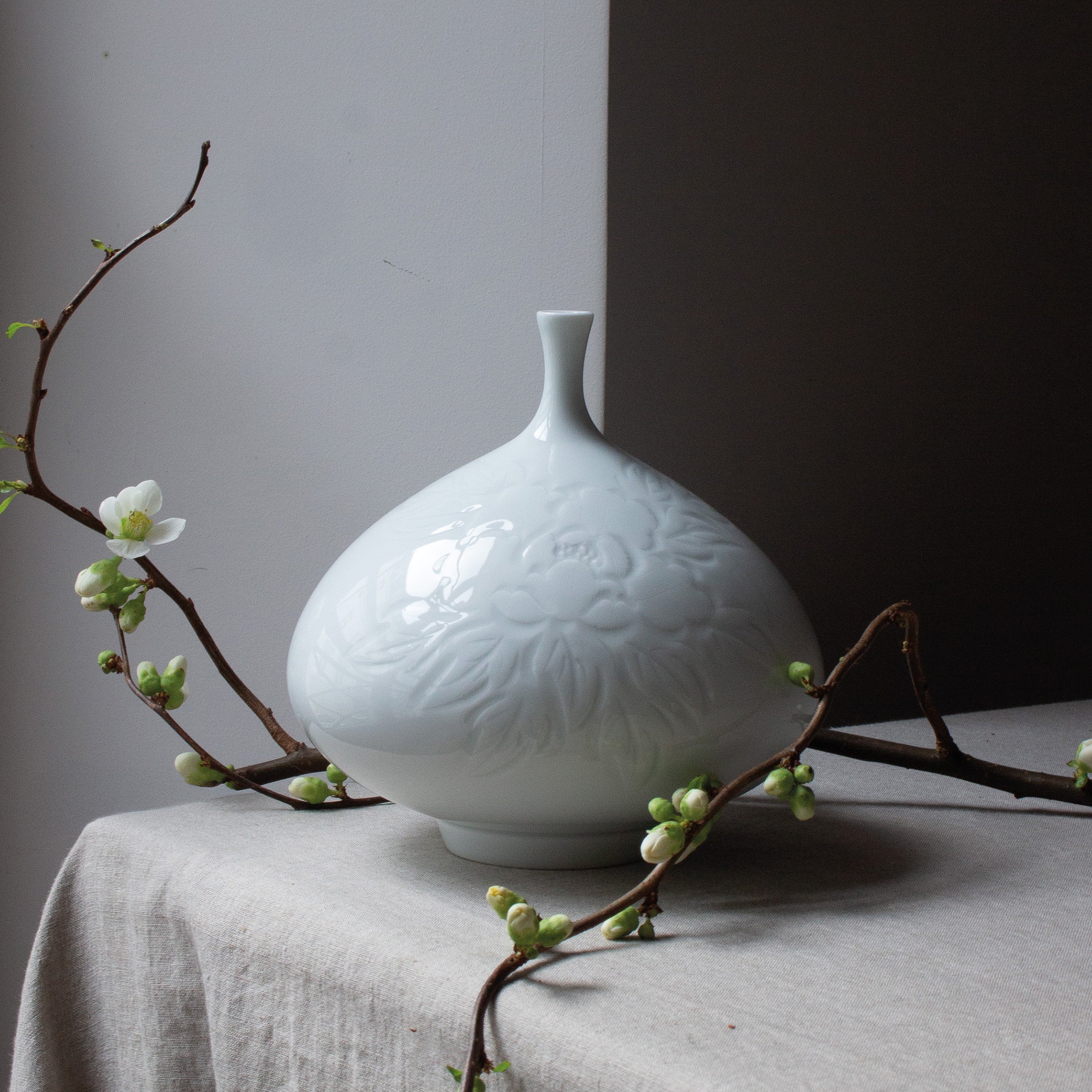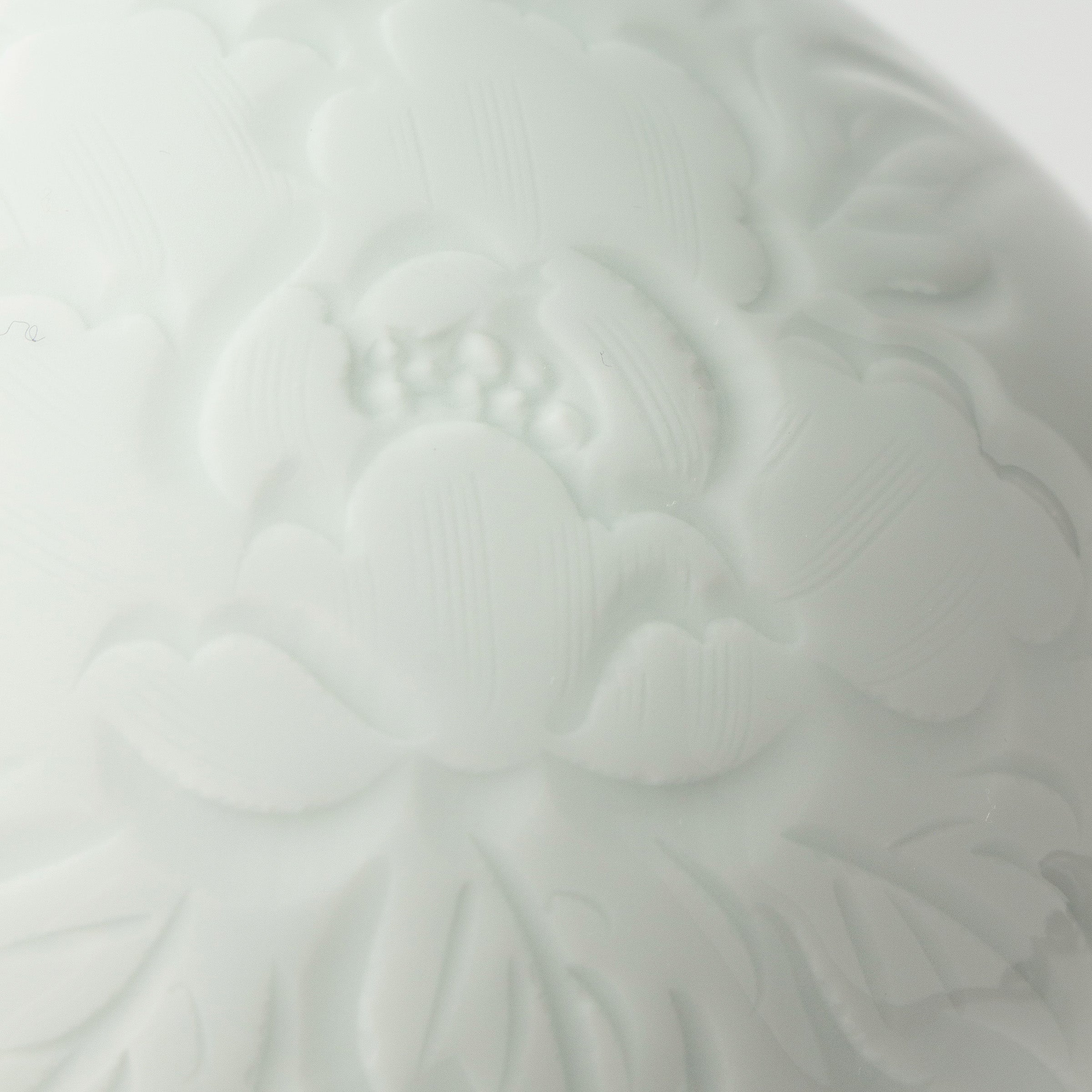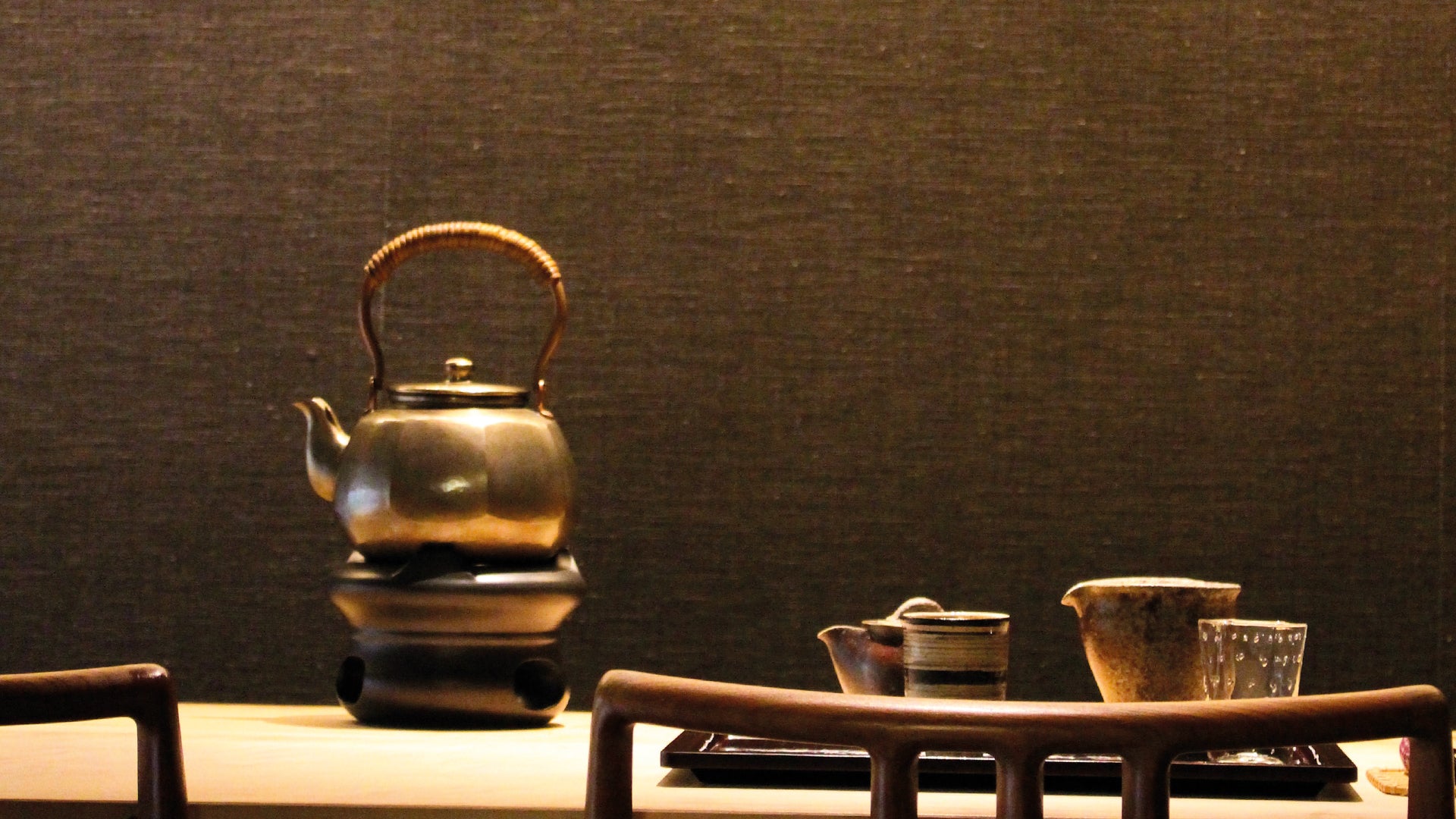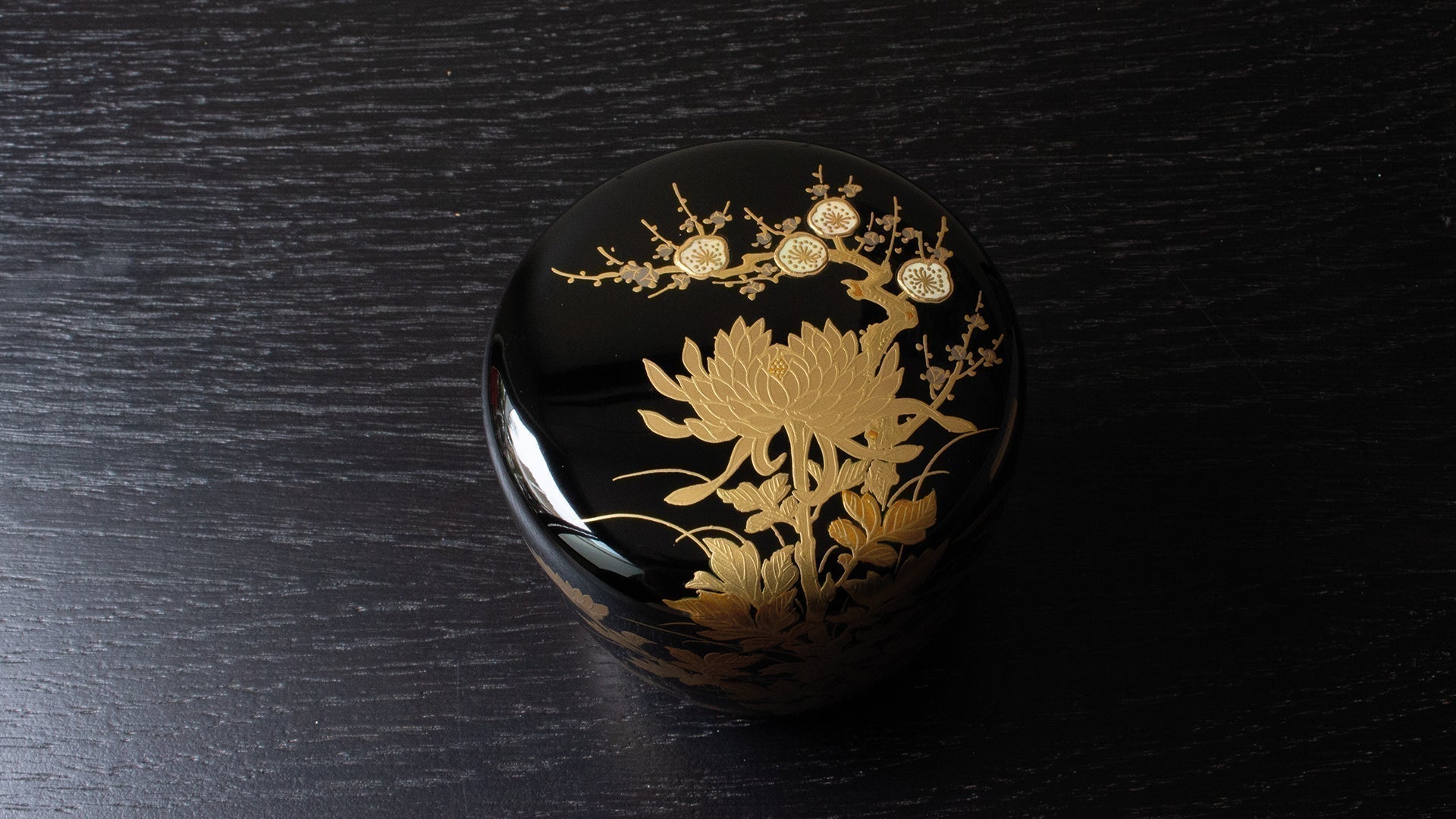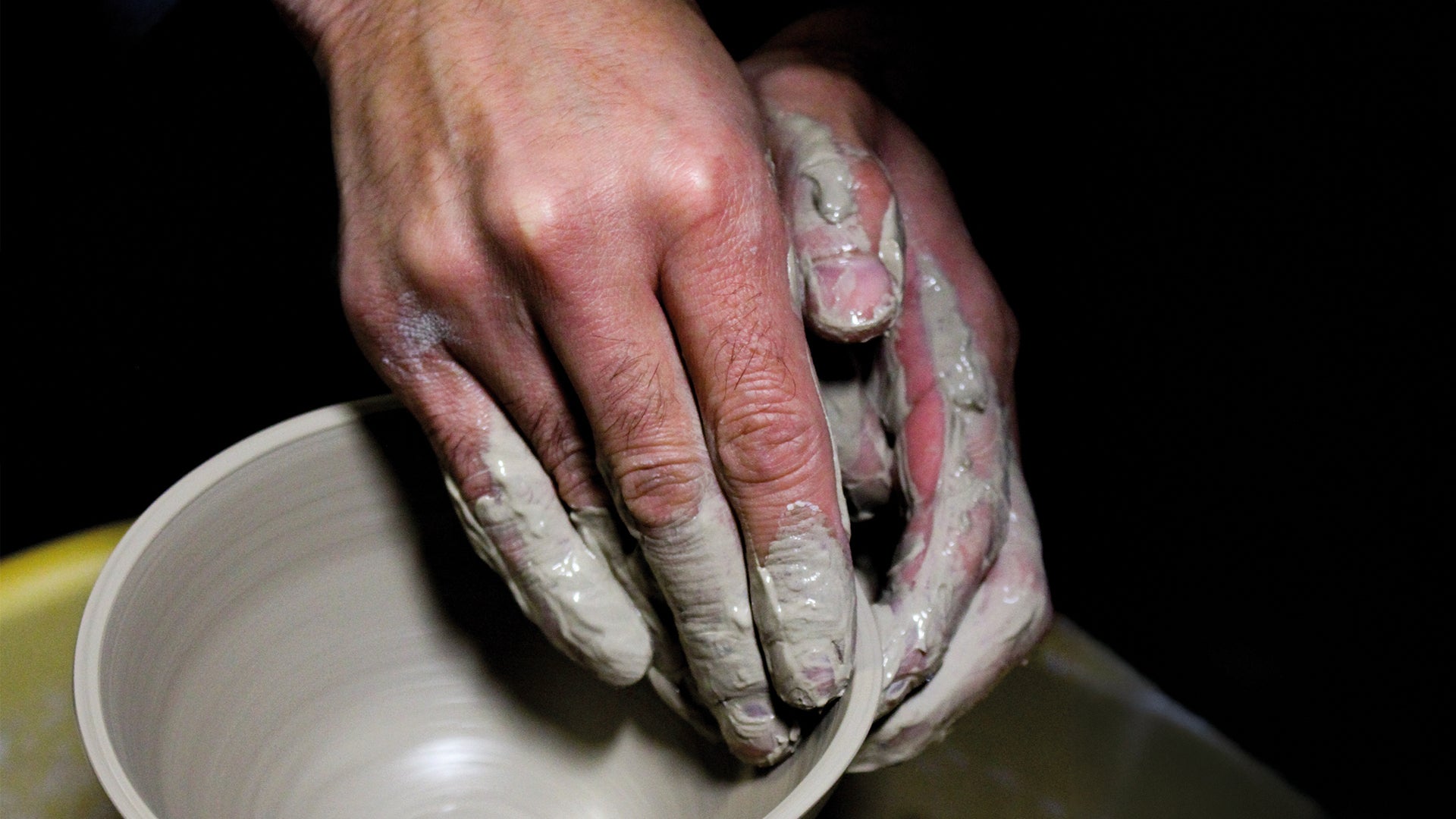
Of Earth and Fire: An Introduction to Japanese Ceramics
A Millennial Tradition and a Timeless Art
Japanese ceramics are much more than just a craft. They embody the essence of Japanese culture, a silent dialogue between man and nature. Each piece is imbued with history, the slow and precise gesture of the artisan, and the natural elements that transform the earth into a work of art. The simple shapes, the raw textures, the fine cracks reveal a philosophy of the passing of time, an acceptance of imperfection, wabi-sabi.

Chronicles of Earth and Fire: Japanese Ceramics from Jomon to Today
The history of Japanese ceramics begins in the Jomon period (10,000 to 300 BC), when the first earthenware pottery was made by hand, often with elaborate designs. These first pieces, utilitarian or ritual, marked the beginning of a tradition that would evolve over time.
Chinese and Korean influence played a decisive role from the Asuka period (552-710) and Nara period (710-794). Glazing and high-temperature firing techniques were introduced, allowing Japanese ceramicists to diversify their production. During the Heian period (794-1185), ceramics became more refined, used in aristocratic and religious contexts.
However, it was during the Kamakura (1185-1333) and Muromachi (1336-1573) periods that Japanese ceramics took off, particularly thanks to the rise of the tea ceremony. This deeply spiritual ritual required specific objects, including the famous tea bowls that would become centerpieces of Japanese ceramic art. The development of high-temperature kilns and the arrival of Chinese and Korean enamels then fostered a new era of creativity. Finally, during the Edo period (1603-1868), ceramics flourished with the creation of distinct regional styles that still persist today.

Journey to the Heart of Clay: The Major Regions and Styles of Japanese Ceramics
Each region of Japan has forged a distinct ceramic identity, linked to the nature of its clay, the typology of its kilns and its local history. Here is an overview of the main production centers, including those specializing in porcelain:
-
Bizen (Okayama)
Bizen pieces are unglazed and fired for a long time at high temperatures in wood-fired kilns, displaying brown and red hues. They often bear the marks of flame and ash. -
Shino (Mino, Gifu Prefecture)
The first Japanese style to use thick white glazes, characterized by subtle cracks and simple, often abstract, designs. -
Karatsu (Kyushu)
Closely associated with the tea ceremony, Karatsu-yaki features earthy tones and natural glazes, emphasizing purity of form. -
Hagi (Yamaguchi)
Known for its cracks ( kannyu ) that appear over time, Hagi-yaki offers delicate shades ranging from white to pink. -
Mashiko (Tochigi)
Rustic style made famous by Shoji Hamada, it is distinguished by solid and simple pieces, intended for everyday use. -
Seto (Aichi)
One of the oldest pottery regions in Japan, renowned for its many glazes (Ki-Seto, Seto-guro, etc.) and its varied productions, from tea bowls to everyday tableware. -
Tokoname (Aichi)
Famous for its red clay, Tokoname stands out for its unglazed teapots and objects, with an elegant and timeless silhouette. -
Arita / Imari (Saga, Kyushu)
The birthplace of Japanese porcelain, Arita is renowned for its underglaze blue painted decorations, while Imari mainly refers to more colorful and richly decorated patterns. -
Kutani (Ishikawa)
Renowned for its vivid polychrome enamels (red, green, yellow, purple) and its designs inspired by nature and traditional scenes. -
Satsuma (Kagoshima)
Characterized by its richly ornate gold decorations and detailed paintings, Satsuma pottery was exported en masse to the West in the 19th century. -
Tamba (Hyogo)
Among the oldest ceramic traditions, known for its wood-fired utilitarian jars and pots, which feature brown and black tones.
(NB: This list is not exhaustive, but covers the main styles recognized for their notoriety and diversity.)

The Great Trends of Japanese Ceramics: Between Heritage and Renewal
Beyond regional identity, Japanese ceramics have been nourished by several significant trends, each bringing a singular vision of the form, function and philosophy of the object.
Mingei: The Soul of the People
Spearheaded by Yanagi Sōetsu in the early 20th century, the Mingei movement emphasized everyday objects designed to be used rather than strictly displayed. Potters such as Shoji Hamada and Kanjiro Kawai embodied this vision of sincere pottery rooted in popular tradition.
Sodeisha: The Audacity of Sculpture
Born in Kyoto in the 1940s, the Sodeisha movement (“the society of casting clay”) considered ceramics as an art in its own right, freed from its primary function. Pioneers like Yagi Kazuo pushed the limits of form, creating pieces that sometimes had a highly sculptural appearance.
The Aesthetics of Chanoyu
More than a movement, the tea ceremony (Chanoyu) has profoundly influenced ceramic art, promoting sober and meditative pieces (Raku, Hagi, Karatsu) inspired by Zen and the idea of beauty found in imperfection.
Other Modern Approaches
Many contemporary ceramicists explore new forms, experimental enamels or artistic installations, drawing in turn on tradition (anagama, yakishime) and on a more forward-looking burst of creativity.

An Invitation to Meet the Great Masters of Japanese Ceramics
Choosing a piece of Japanese ceramic means welcoming into your home a fragment of history and nature subtly shaped by the hand of man. Beyond the refined shapes and mysterious glazes, each object tells the story of the complicity between earth, fire and the patient gesture of the ceramist. Whether you are sensitive to the soft roughness of stoneware or the enigmatic transparency of porcelain, the essential lies in this intimate bond that is created, a silent echo between your space and the soul of the object.
To accompany those who wish to go further in this quest, we invite you to discover our selection of Masters of Art Vases , a collection where each piece stands out for its technical mastery and unique identity. If you are passionate about the poetry of vases, or if you wish to delve deeper into their symbolism and use in Japan, we also recommend reading our article Japanese Ceramic Vases: Symbolism and Use . You will find keys to grasp the spiritual and aesthetic dimension surrounding this ancestral art.


